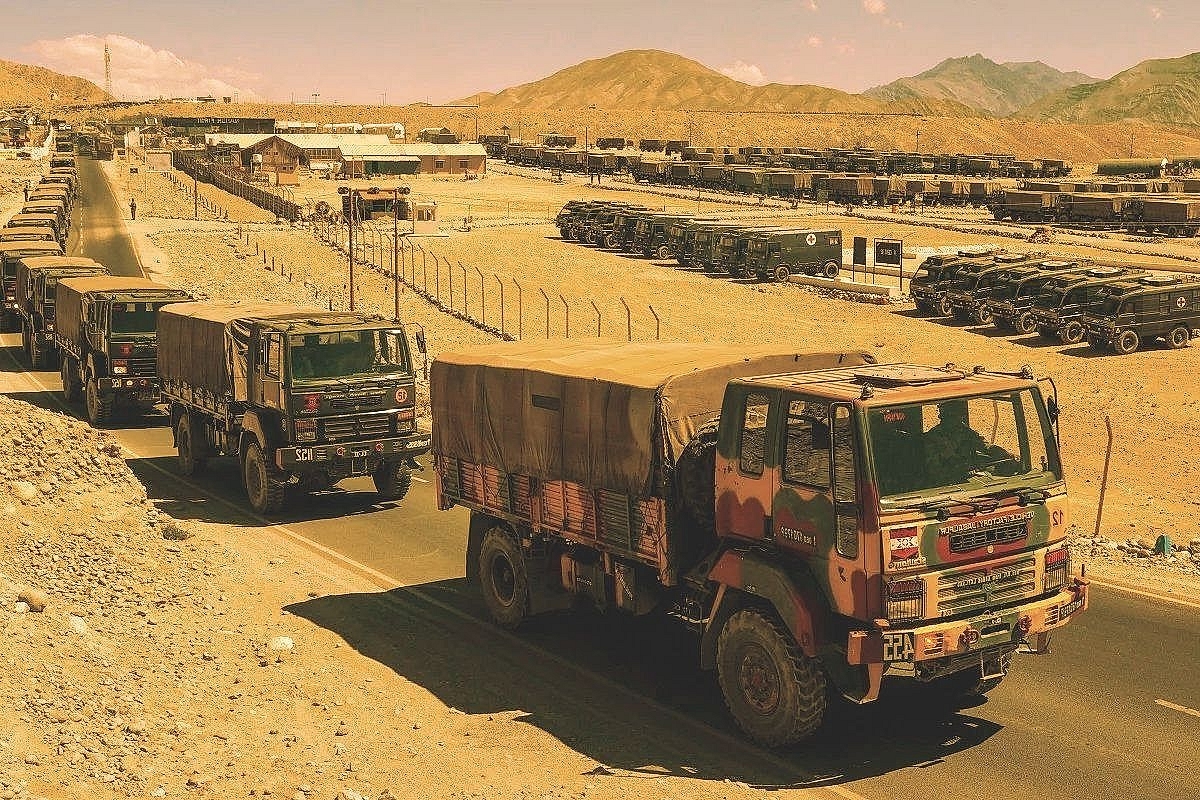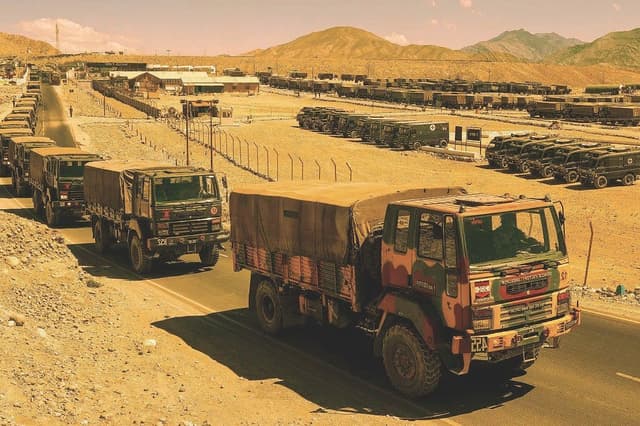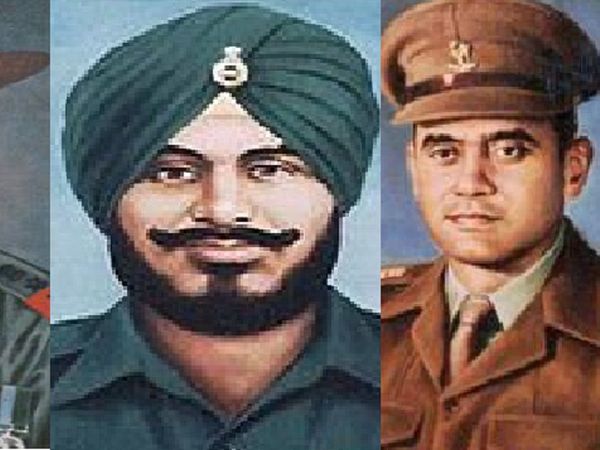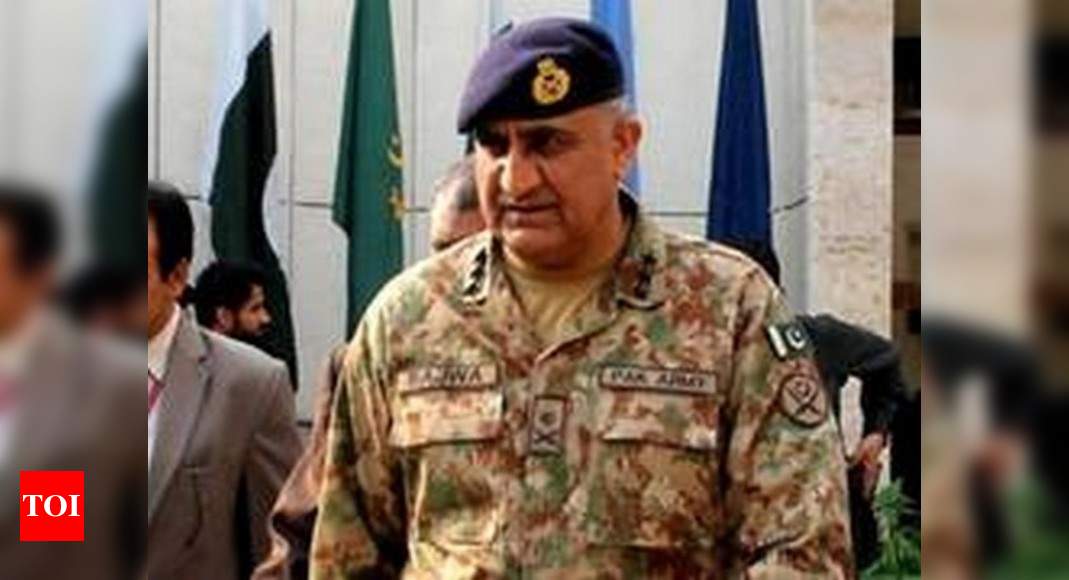shade
New Member
- Joined
- Feb 28, 2016
- Messages
- 15,344
- Likes
- 91,832

India Crossed LAC At Seven Places To Bring China To The Negotiating Table, Says Report Citing Officials
India crossed the Line of Actual Control (LAC) in Ladakh at seven places, a highly placed source has been quoted in the Indian Express as sayingswarajyamag.com
India Crossed LAC At Seven Places To Bring China To The Negotiating Table, Says Report Citing Officials
by Swarajya Staff - Oct 17, 2020 02:31 PM
An Indian Army convoy in Ladakh. (@jaywankhadejrw/Twitter)
India crossed the Line of Actual Control (LAC) in Ladakh at seven places, a highly placed source has been quoted in the Indian Express as saying.
The report says that Indian forces crossed the LAC to counter transgressions by the People’s Liberation Army (PLA) into Indian territory.
“We have crossed over at seven places. Why do you think China is still at the negotiating table?,” the official has said, hinting that the action taken by Indian forces has forced the Chinese to come to the negotiating table.
The Express report adds that India has refused to vacate the heights it took control of (in late August) in the region south of the Pangong Lake. New Delhi has also said that it will not stop infrastructure development in border areas.
India has said it will not move back from the heights it has occupied till China agrees to move back from the area between Finger 4 and Finger 8.
Chinese forces had occupied the area between Fingers 4 and 8, stretching nearly eight kilometers along the north bank of the Pangong Lake, in early May. The area occupied by China was patrolled by both sides till April.
The positions India took control of on the intervening night of 29 and 30 August in the Chushul sector (south of the Pangong Lake) allow it to dominate the area.
During the seventh round of talks between the two sides, the Indian Army has told the PLA that is not going to withdraw from these heights till China agrees to do the same on the north bank of the Pangong Lake.
The Indian Army has argued that these positions must be vacated simultaneously by forces on both sides to mutually agreed locations
Good if true, it is most likely true because otherwise how did the one Tibetan SSF soldier get martyred?
Anyway chinks aren't "negotiating", they are just delaying either for another major surprise offensive or to continue to delay us till Feb-March next year, where we will be forced to accept the newly grabbed areas as being on the Chinese side of the LAC.
No "negotiation" is taking place because inspite of 14 hours sessions of chai-biscoot neither them nor us( thank God ) are budging on our positions.
The consolidation of hill tops + build up at LAC surprised the chongs truly, because they were expecting a Cong govt style cover up with nobody knowing their antics, but now they want to draw out the LAC deployment through the winter and into next year so that the cost of maintaining the deployment becomes unsustainable for India, and we accept whatever "face-saver" they are offering by March-April, atleast that is what their plan is, nobody knows what will happen in the future, even from our side.

















